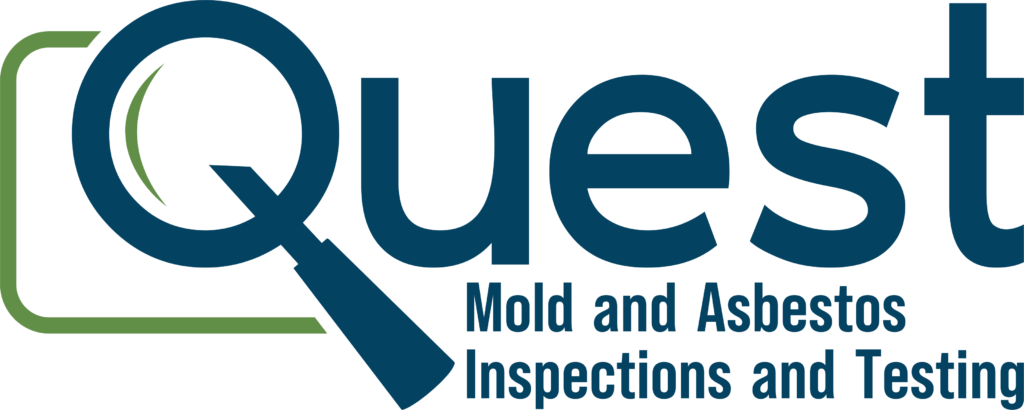Importance of Fixed Gases Testing
Fixed gases such as carbon dioxide (CO₂), nitrogen dioxide (NO₂), and sulfur dioxide (SO₂) have a great impact on the health, safety, and efficiency of any operation within an area or industry. Testing of the mentioned gases is highly vital for the following reasons.
Health and Safety
Fixed gases at high concentration present serious health hazards. High carbon dioxide levels can create respiratory problems, headache, and dizziness, while nitrogen dioxide and sulfur dioxide can create respiratory diseases and other health complications that are in existence. Regular testing makes sure that concentrations of gases remain below threshold limits to keep people healthy and safe in the affected environment.
Regulatory Compliance
Fixed gas levels present strict regulations for a multitude of industries. As an example, environmental and occupational safety provided by agencies such as OSHA and the EPA call for the constant monitoring and control of these types of gases. Testing ensures that regulatory compliance is obtained with these regulations to prevent legal consequences and substantial fines to be placed upon the businesses.
Operational Efficiency
The fixed gases have the potential to impact both the operation processes and the performance of equipment. Combustion processes, for example, are affected by high levels of CO₂ and decrease the overall efficiency of the systems. Gas testing on a regular schedule can detect problems in time for corrective action to be taken that could lead to decreased performance and greater cost of operations.
Preventive Measures
Routine testing can detect potentially hazardous levels of gas at an early stage, thus enabling corrective action to be taken well in advance. This proactive approach aids in implementing effective control measures in mitigating risks due to fixed gases through improved ventilation systems or adjustment in operational procedures.
Environmental Impact
Besides health and safety, fixed gas monitoring helps in assessing and managing the environmental impact. High emissions of certain gases lead to air pollution and degradation of the environment. Testing supports efforts to reduce impact on the environment and meet sustainability goals.
Conclusion
Fixed gas testing is a vital activity in the accomplishment of an environment that is safe, compliant, and efficient. Businesses and organizations could therefore be poised to safeguard health, meet regulatory requirements, optimize operations, and contribute to environmental stewardship through the regular monitoring of gas concentration.

